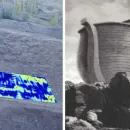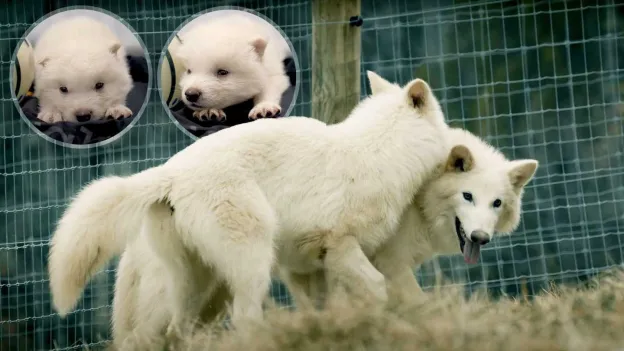
Scientists Clone Extinct Dire Wolf After 10,000 Years

Science
April 8, 2025 11:30
dallas - Researchers successfully revive extinct dire wolf through genetic manipulation, bringing back a prehistoric predator. DNA extraction difficulties explained.
Reviving the Extinct Dire Wolf
Colossal Biosciences accomplished the first successful recovery of an extinct species by cloning three dire wolf pups: Romulus, Remus, and Khaleesi.
Prehistoric Predators
- Dire wolves roamed North America and East Asia over 12,000 years ago, known for preying on large animals like horses.
- Adult dire wolves weighed between 80-120 kg, ranking among the largest canids globally.
Genetic Manipulation Process
Colossal combined DNA from ancient dire wolf remains with genes from living gray wolves and jackals to recreate the extinct species.
Challenges and Success
Researchers faced difficulties due to poorly preserved DNA from ancient remains, resulting in pups that are 99.9% gray wolf genetically.
Future Conservation Efforts
Colossal aims to use similar techniques to aid other endangered species, already producing cloned red wolf litters.


Leave a comment